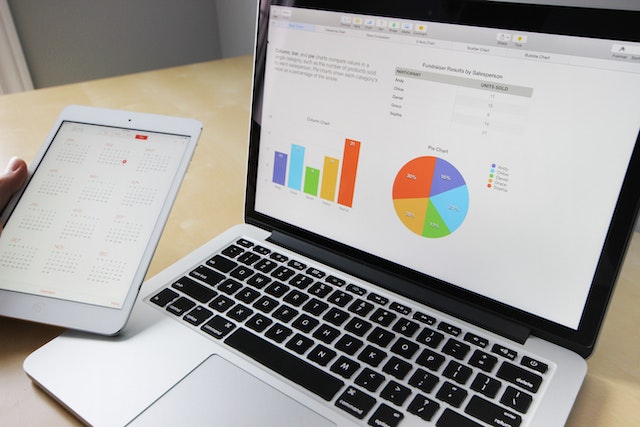
Tracking your monthly finances is a great way to keep an eye on where your money is going and help you stay within your budget. It’s also a great way to identify areas where you can cut costs, save money, and reduce debt. Here are some tips on how to keep better track of your monthly finances:
1. Budget and keep track of income and expenses
Budgeting may sound like something only rich people do, but it’s a great way for anyone — regardless of income — to get their finances under control. A budget can help you decide how much money is coming into your account each month and help you figure out how much needs to be spent each month to pay for all the necessary expenses. There are plenty of ways to keep track of your finances, from writing everything down in a notebook to using apps. But if you take a more hands-off approach, you can get a payment platform with automatic bill pay. This includes everything from groceries to entertainment, utilities, and insurance premiums.
It also includes how much interest you pay on loans or credit cards and what you put into monthly savings accounts. If necessary, cut back on certain items, so you don’t exceed the budget in other areas. For example, if you find that you’re spending too much at restaurants or grocery stores, start cooking more meals at home instead of eating out as often as before. Pay bills online as soon as possible after receiving them, so no late fees are added. Some companies even offer discounts for paying bills early!
2. Use cash only when possible
Use cash only when necessary so you can see how much money is leaving your pocket each time an expense occurs. This will help prevent overspending because it will be easier to see exactly when you have spent too much money on something frivolous instead of saving it for something more important later in life (like retirement).
If you’ve got a credit card or debit card linked to your bank account, set up alerts, so you know when there’s less than $100 cash in your account. Set up an alert on payment apps so you can also keep track of payments made with them. If at all possible, stop using these kinds of electronic transactions. They make it harder for you to track where your money goes because they’re not tangible objects like bills or checks — they simply disappear into thin air once you enter the information for the transaction.
3. Estimate your future expenses
The first step in tracking your monthly finances is to estimate future expenses that may impact your budget. For example, if you’re planning to buy a new car soon, include that cost in your budgeting calculations, so it doesn’t come as a surprise when the time comes. If you’re planning on moving into a larger space for the holidays or hosting family members, make adjustments now, so those expenses don’t come as a shock later on.
4. Set savings goals
If you’re like most people, you probably spend more time thinking about your monthly bills than you do your savings. But that’s a mistake: By setting savings goals, you can build a solid financial foundation and make sure you’re putting enough money away for the future. The first step is to figure out exactly how much money you need in monthly savings. If you’re already saving for retirement, this will be easy — just take the amount of money coming out of your paycheck each month and put it in an IRA or 401(k). If not, start by opening a high-yield savings account. Once you have that information, start tracking it using an app of your choice.
The services will help track all your accounts in one place, so it’s easy to see where all your money is going. Once you know how much money you should save each month, make sure that number makes up a significant portion of your overall budget. In other words, try not to let any other expenses get in their way — that includes groceries, rent or mortgage payments, and utilities!
What you put into it is what you get out of it. Although you will be recording your monthly budget every month, it does not have to be daunting. Instead of making it an overwhelming process, make it an enjoyable experience by picking up new (and affordable) hobbies and activities. You’ll find that with these added sources of enjoyment, sticking to your budget is easier than ever!


